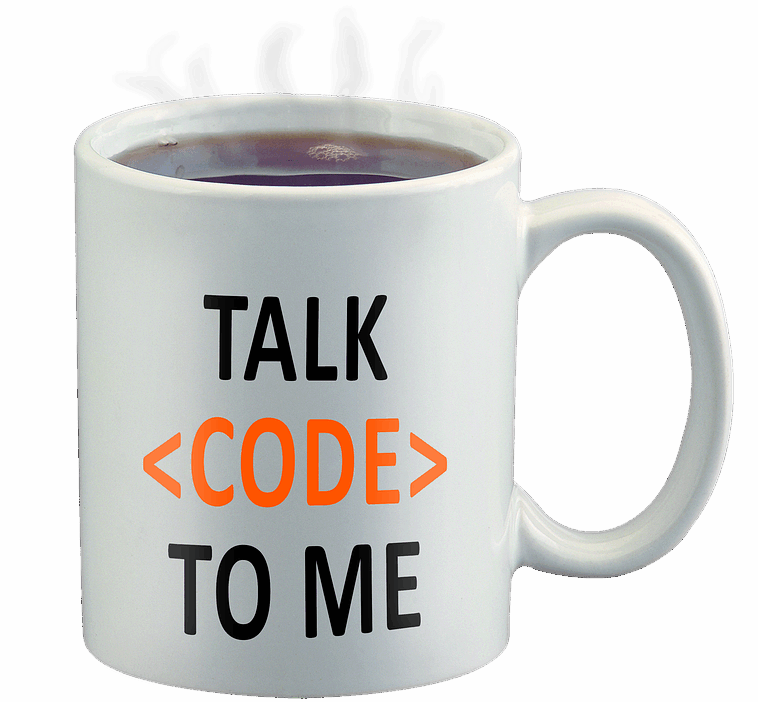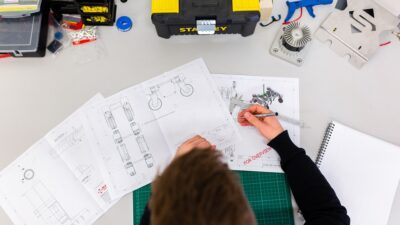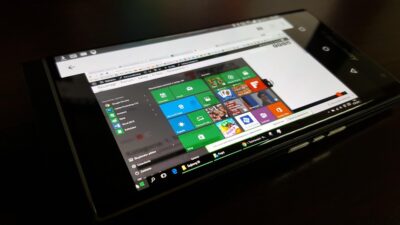In today’s fast-paced tech landscape, the ability to collaborate effectively in a coding team is not just an asset — it’s essential for success. A well-coordinated coding team can significantly enhance productivity, foster innovation, and create robust solutions that stand the test of time. Here’s how to master the art of collaboration in coding teams.
1. Establish Clear Communication Channels
Effective communication is the backbone of any successful team. For coding teams, it’s vital to choose communication tools that suit your workflow. Whether it’s Slack, Microsoft Teams, or Discord, opt for platforms that allow for real-time discussions while also supporting asynchronous communication.
Best Practices:
- Daily Standups: Brief daily meetings to discuss progress, roadblocks, and next steps can keep everyone on the same page.
- Regular Check-ins: Weekly or bi-weekly meetings allow for deeper dives into bigger issues or project milestones.
2. Define Roles and Responsibilities
To avoid overlap and confusion, clearly define roles within the team. Knowing who is responsible for what helps streamline processes and ensures accountability.
Recommendations:
- Role Clarity: Create a chart outlining each member’s responsibilities.
- Pair Programming: This technique allows team members to collaborate closely on a single task, helping to spread knowledge and improve code quality.
3. Utilize Version Control Systems
Version control systems, like Git, are indispensable tools in collaborative coding environments. They allow multiple developers to work on the same codebase without overwriting each other’s contributions.
Key Strategies:
- Branching Strategy: Adopt a branching strategy, such as GitFlow, to help manage features, fixes, and releases more effectively.
- Pull Requests: Use pull requests for code reviews, making it easier for team members to provide feedback and suggestions.
4. Embrace Agile Methodologies
Agile methodologies, particularly Scrum or Kanban, allow teams to manage their workload flexibly and efficiently. These frameworks foster a culture of continuous improvement and adaptability.
Implementation Tips:
- Sprints and Iterations: Break down projects into manageable sprints, allowing teams to focus on delivering smaller increments of functionality.
- Retrospectives: After each sprint, hold a retrospective to discuss what went well, what didn’t, and how the team can improve moving forward.
5. Foster a Culture of Feedback
Creating an environment that encourages constructive feedback is crucial for team growth. Team members should feel comfortable sharing their thoughts while also being open to receiving criticism.
Cultivating Feedback:
- Code Reviews: Implement regular code reviews, focusing on learning and improvement rather than criticism.
- Peer Feedback Sessions: Encourage informal feedback sessions, where team members can share insights and suggestions on each other’s work.
6. Leverage Collaborative Tools
The right tools can greatly enhance the collaborative coding experience. From project management software to collaborative coding platforms, utilizing these resources can streamline workflows.
Recommended Tools:
- Trello or Jira: For project management and task tracking.
- Figma or Sketch: For design collaboration and brainstorming.
- Google Docs or Confluence: For documentation and sharing resources.
7. Promote Inclusivity and Diversity
A diverse team enriches the coding process with a variety of perspectives and ideas. Promoting inclusivity isn’t just about fairness; it’s also about optimizing creativity and problem-solving.
How to Encourage Diversity:
- Diverse Recruitment: Actively seek to create a diverse team by considering candidates from different backgrounds.
- Inclusive Practices: Foster an environment where all voices are heard and valued, encouraging contributions from everyone.
8. Celebrate Successes
Finally, don’t forget to celebrate achievements, no matter how small. Recognition boosts morale, increases motivation, and reinforces a sense of unity within the team.
Ways to Celebrate:
- Team Retreats or Hangouts: Foster a sense of community outside of the work environment.
- Recognition Awards: Public acknowledgment of individual contributions during meetings or via team newsletters.
Conclusion
The art of collaboration in coding teams is a complex blend of communication, organization, and culture. By establishing clear channels, defining roles, leveraging the right tools, and fostering an inclusive environment, coding teams can work together effectively to create outstanding products. Embrace these strategies, and watch your team transform into a cohesive unit that thrives on collaboration and innovation.



